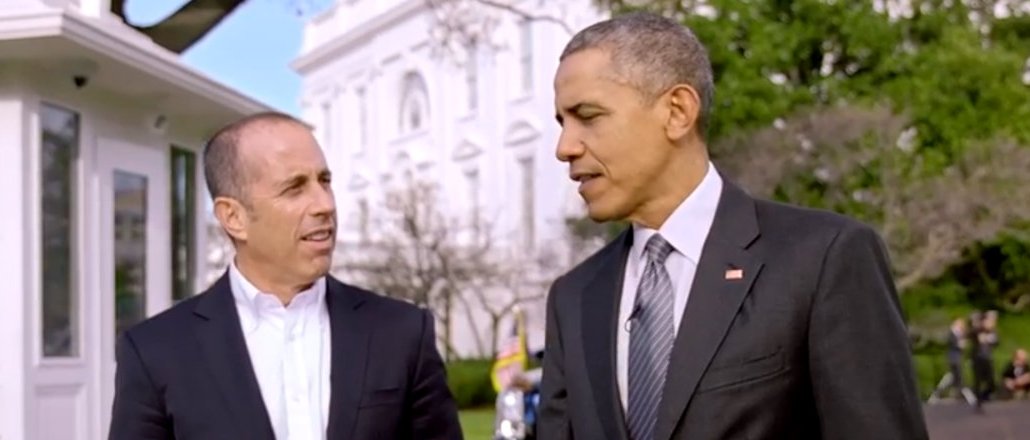
Sony-owned online video network Crackle is the latest streaming service to sign a distribution deal with a pay-TV provider. Its partnership with Comcast adds streaming service to the cable company’s Xfinity On Demand platform. Comcast customers interested in shows like Jerry Seinfeld’s “Comedians in Cars Getting Coffee” or Bryan Cranston’s new animated series “SuperMansion” — until now only available online — will be able to access them via their Comcast set-top box, alongside on-demand programming from linear TV networks.
“If you’re not streaming content on a box, we might not be on your radar. This opens the door to that audience,” said Eric Berger, evp of digital networks at Sony Pictures Television and general manager of Crackle. “That reach is important to us, especially with our ad-supported model.”
Comcast is the largest pay-TV distributor in the U.S. with nearly 22.3 million subscribers at the end of 2015. As part of the deal, Comcast will promote Crackle to its video and broadband subscribers. Ideally, that will grow the total audience for Crackle, which in March had 7.9 million unique video viewers on desktops in the U.S., according to comScore. This does not include viewing on Crackle’s mobile and connected TV apps, the latter of which accounts for more than half of total viewership, according to Berger.
Integrating on pay-TV set-top boxes is becoming a key growth area for major streaming platforms. For instance, Netflix has partnerships with several regional U.S. cable TV providers to distribute via a TiVo box. Hulu has a similar deal with Cablevision and is also looking to do more. While Comcast is Crackle’s first cable partner, Berger said the company is in discussions with other TV providers.
While traditional TV often takes a beating in favor of flashier digital video networks, it still holds a lot of appeal. And it’s not just reaching new audiences, either — even if only 57 percent of U.S. households subscribe to Netflix, Amazon Prime or Hulu, according to a recent study by Leichtman Research Group.
“If you’re Netflix or Amazon or Hulu, you get free marketing because [the pay-TV provider] will run promotions. You’ll also have their sales staff selling your service, as well someone collecting money for you every month so that you don’t have to chase down individual accounts,” said Alan Wolk, senior analyst at The Diffusion Group. “The [pay-TV distributors], meanwhile, are able to keep people from defecting.”
For Crackle, which relies on advertising instead of subscriptions, the focus is on how it can convert its new reach into ad revenue. (The deal was announced ahead of the company’s upfront presentation on April 20.) Fortunately for them, advertisers are increasingly looking at TV streaming apps in the same way they do traditional TV.
“When 70 percent of Hulu streams are on a TV set, and they have their own channel on Cablevision, how is that any different from ABC? We’re treating it more and more as both being the same,” said David Campanelli, svp and director of national TV at Horizon Media. “It does lend [Crackle] some credibility. But more importantly, it puts them in a place where they will get noticed, which is harder and harder to do in OTT.”
More in Media

Walmart rolls out a self-serve, supplier-driven insights connector
The retail giant paired its insights unit Luminate with Walmart Connect to help suppliers optimize for customer consumption, just in time for the holidays, explained the company’s CRO Seth Dallaire.

Research Briefing: BuzzFeed pivots business to AI media and tech as publishers increase use of AI
In this week’s Digiday+ Research Briefing, we examine BuzzFeed’s plans to pivot the business to an AI-driven tech and media company, how marketers’ use of X and ad spending has dropped dramatically, and how agency executives are fed up with Meta’s ad platform bugs and overcharges, as seen in recent data from Digiday+ Research.

Media Briefing: Q1 is done and publishers’ ad revenue is doing ‘fine’
Despite the hope that 2024 would be a turning point for publishers’ advertising businesses, the first quarter of the year proved to be a mixed bag, according to three publishers.





